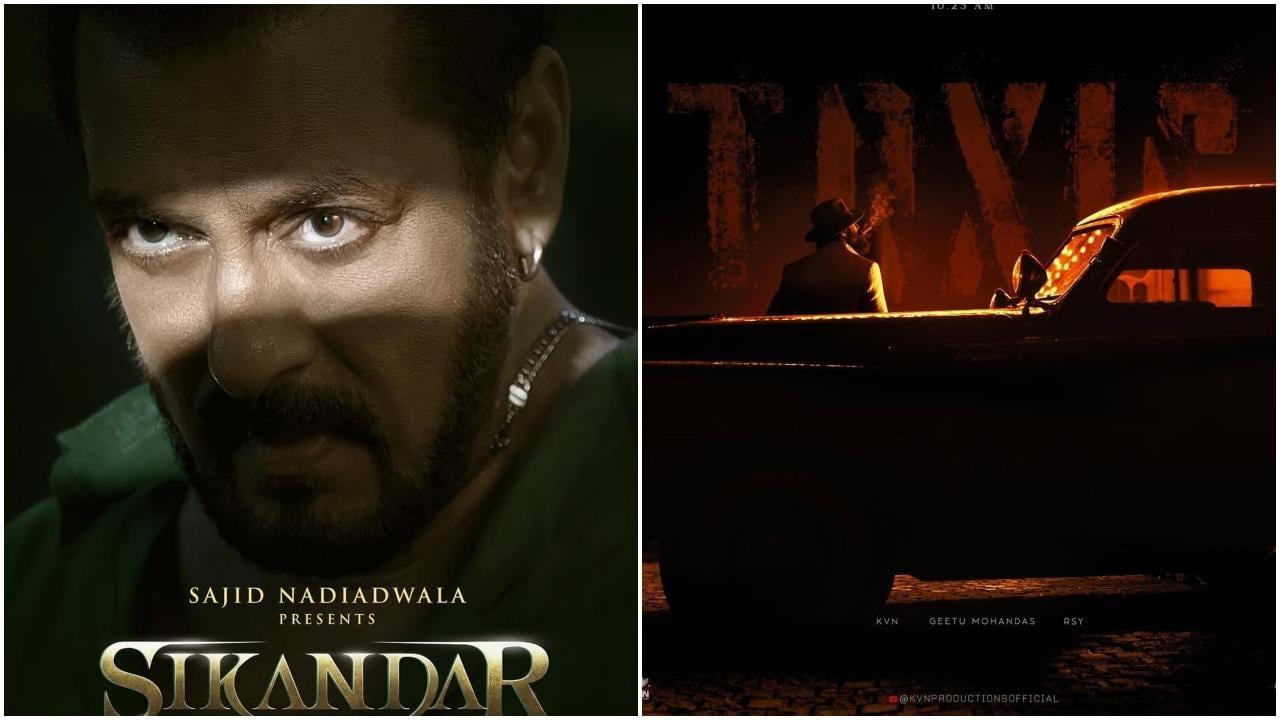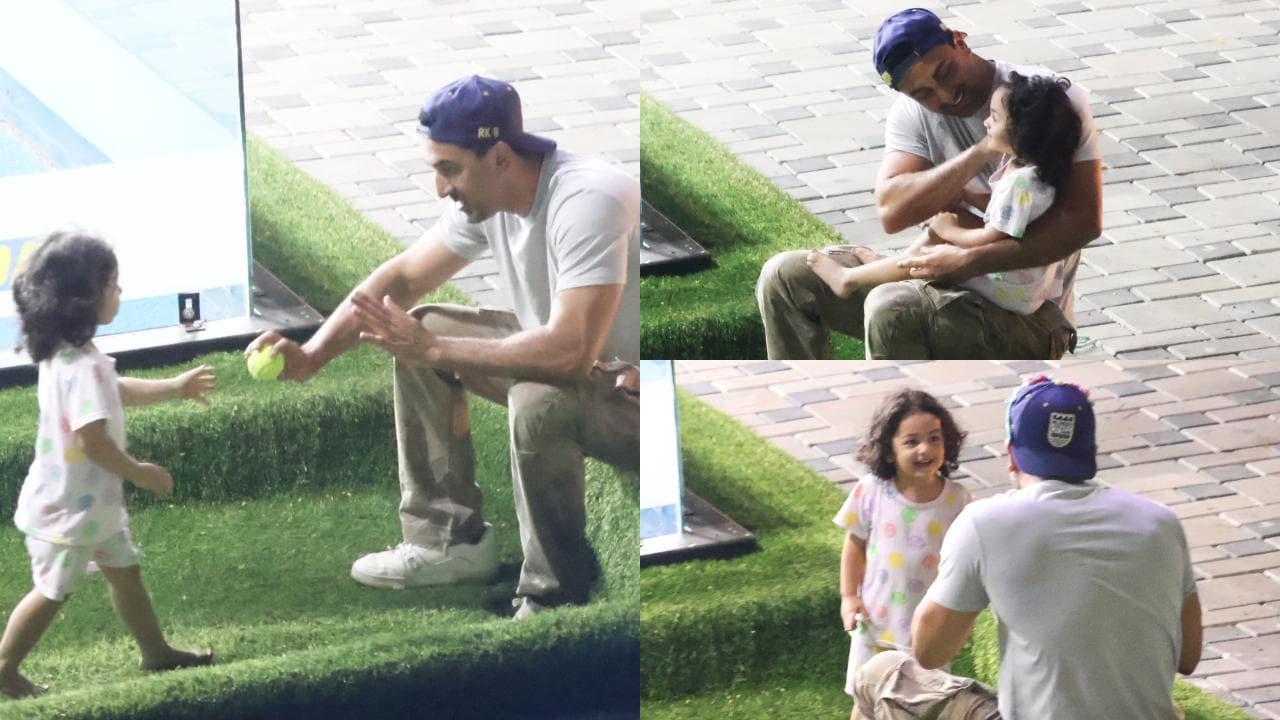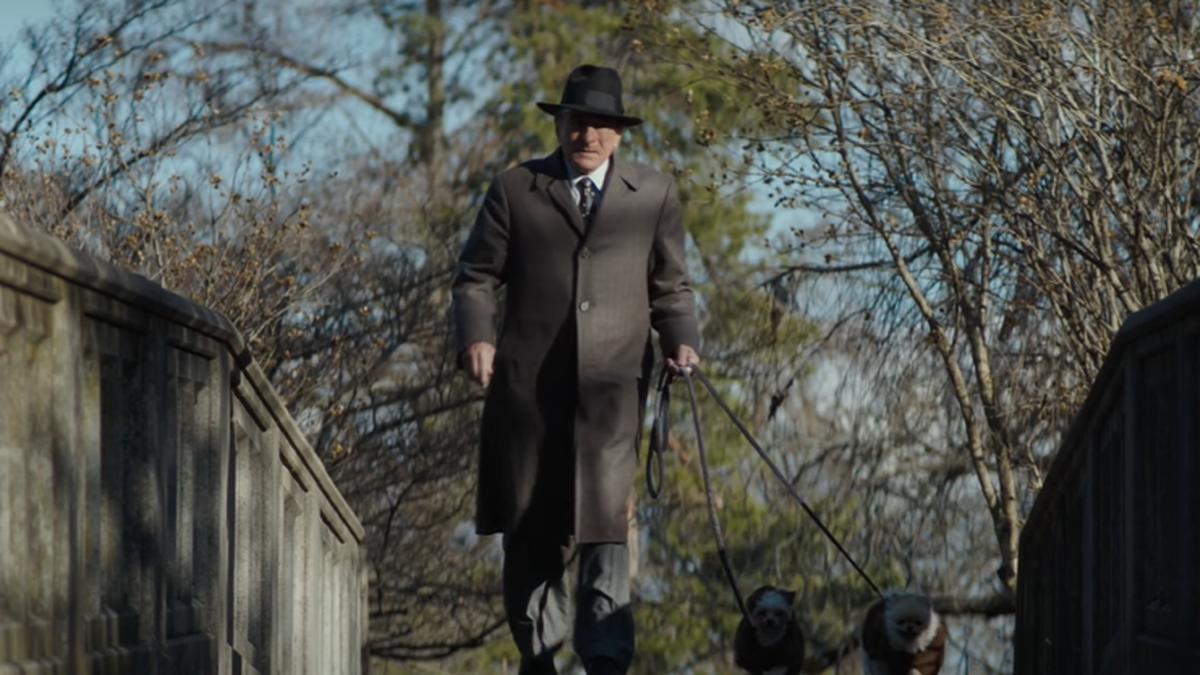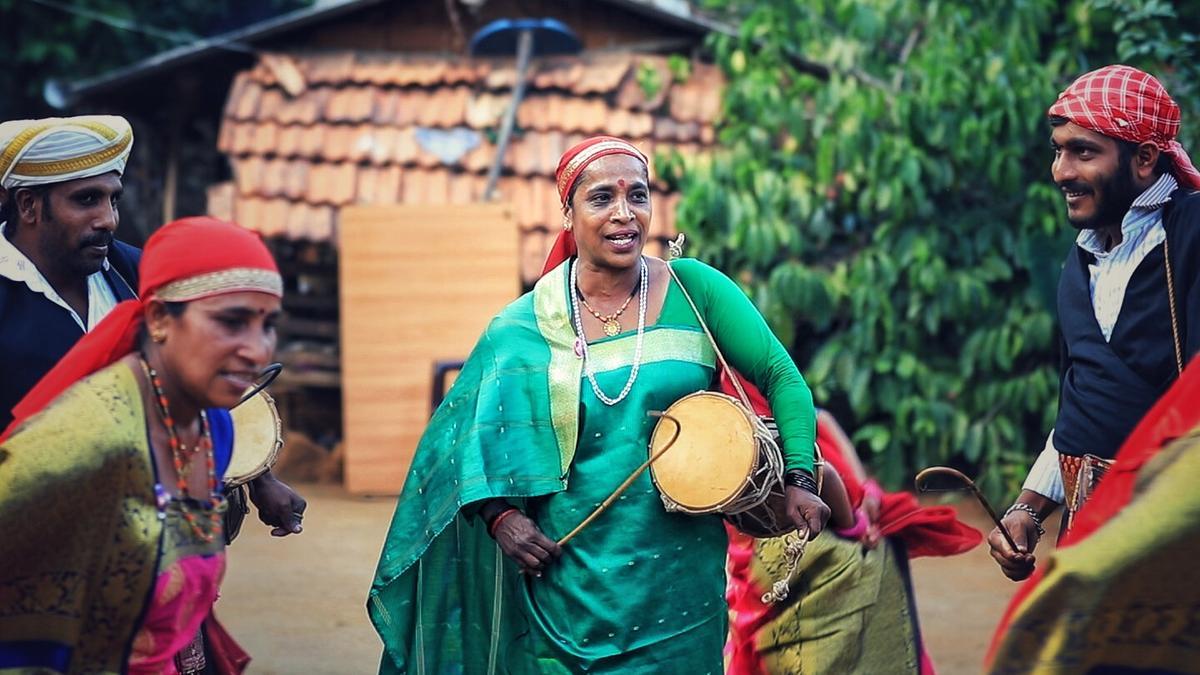
In the world of aspiring young musicians, every concert presents an acid test to showcase their talents. This becomes even more critical when the stage is set under the auspices of The Music Academy, where the competitive spirit runs high. The 34th Spirit of Youth series recently concluded at the Kasturi Srinivasan Hall, dedicated to the memory of Ambujam Krishna, illuminated the pathways of musical excellence for ten young main artistes and their accompanists. Regardless of the outcome, the experience left all participants wiser, fully enriched by their performances.
In a pleasant twist, the traditional styles of Carnatic music were revitalized by Dhanush Anantharaman’s vocal recital, which opened with Tyagaraja’s ‘Tulasee dalamulache’ in Mayamalavagowla. His adept handling of the elaborate niraval and kalpanaswaras at the customary ‘Saraseeruha punnaaga’ moments foreshadowed a captivating performance. Anantharaman delivered an exquisite Kannada alapana, managing to avoid the characteristic vakra phrases while preserving the raga’s identity, much to the delight of the audience.
Following this, Muthuswami Dikshitar’s ‘Sri Mathrubhutam’ was performed with brisk swara sequences at ‘Vaasita nava javanti pushpa.’ The young vocalist then swiftly moved through ‘Varanarada’ in Vijayasri, only to immerse himself in the grandeur of Bhairavi. The raga, rich with akara and gamaka, set the stage for a soulful rendition of Syama Sastri’s ‘Sari evaramma’. His niraval and swaras at ‘Syamakrishna paripalini’ in two speeds, perfectly paced, became a highlight of his concert. The adoption of a phrase from the mudra line of Syama Sastri’s swarajathi in the keezh kaalam added an extra layer of charm.
After a rendition of ‘Jagathinai kaathidum Janardhana’ by Ambujam Krishna, the concert concluded with a Thiruppugazh in Senchurutti and Nadanamakriya. Naga Sai on the violin exhibited sensitivity in his accompaniment, while Pranav provided enthusiastic percussion support, making his thani in Khanda Jhampa particularly absorbing.
Equally captivating was Supriya Raja’s concert, which opened with a sparkling swara avartanam at the pallavi of Pallavi Seshayyar’s composition ‘Palimparavadelara’ in Arabhi. Accompanied by M. Meenakshy Dev on the violin and B.N. Kasinadh on the mridangam, Raja skillfully explored two contrasting ragas: Thodi and Kalyani.
. Her interpretation of Patnam Subramania Iyer’s ‘Nijadasa varada’, enhanced by an expressive niraval at ‘Bhujagadhipa sayana,’ demonstrated her mastery over raga transitions.
Supriya effortlessly moved to Dikshitar’s ‘Ramachandram bhavayami’ before diving into Thodi, the evening’s main raga, presenting it with structural coherence. Her rendition of Tyagaraja’s ‘Emi jesithe’ was rich in emotional depth, followed by a skillful niraval and engaging swaras at ‘Varamantramanyulaku’ in the charanam. As an obligatory Ambujam Krishna piece, she chose ‘Ododi vanden Kanna’ in Dharmavathi, but given the similarity between Dharmavathi and Kalyani in their uttaranga, a different raga might have enriched the variety within the concert. The lively recital concluded with a Behag thillana by Papanasam Sivan.
Violinist Meenakshy added a sublime touch to the concert, her Kalyani and Thodi essays resonating with insight and resonance, while B.N. Kasinadh’s mridangam rhythms were supportive and integral to the performance, notwithstanding a minor hiccup during the Misra Chapu thani.
B. Atchayaharini’s vocal performance was marked by her solid understanding of musical values and a bhava-rich execution. Opening with Pallavi Gopala Iyer’s varnam in Surati, she quickly scaled up with precise swara renditions at ‘Saraswathi’ in Puliyur Duraiswami Iyer’s ‘Sarasiruhasanapriye’. Tyagaraja’s Pantuvarali piece ‘Sambho Mahadeva’ and a detailed Bhairavi preceding Dikshitar’s ‘Balagopala’, served as the concert’s centerpiece. Her phrasing in niraval and swara sections, especially at ‘Sambho Mahadeva’ and ‘Neela neeradha sareera’, showcased commendable control, though more grounding in the lower octave could have further rounded her raga alapanas.
Accompanying her were Adithya Anil on the violin and Arvind Raman on the mridangam. Anil’s raga responses were tuneful and well-matched with Atchayaharini’s vocal lines, while Raman’s robust thani in two-kalai Adi talam underpinned the performance.
Interspersed within the concert was Ambujam Krishna’s pancha ragamalika ‘Kanna vaa Manivanna vaa’, covering Kapi, Sama, Vasantha, Neelambari, and Surati, adding a vibrant splash of color. The inclusion of Poochi Srinivasa Iyengar’s thillana in Poornachandrika, concluded both Atchayaharini’s concert and the Spirit of Youth series on a high spirited note.
As these gifted young musicians continue to evolve, events like the Spirit of Youth series not only highlight their immense potential but also solidify the future of Carnatic music. In fostering talent and upholding the traditions of the genre, such platforms play an invaluable role in the cultural landscape.










